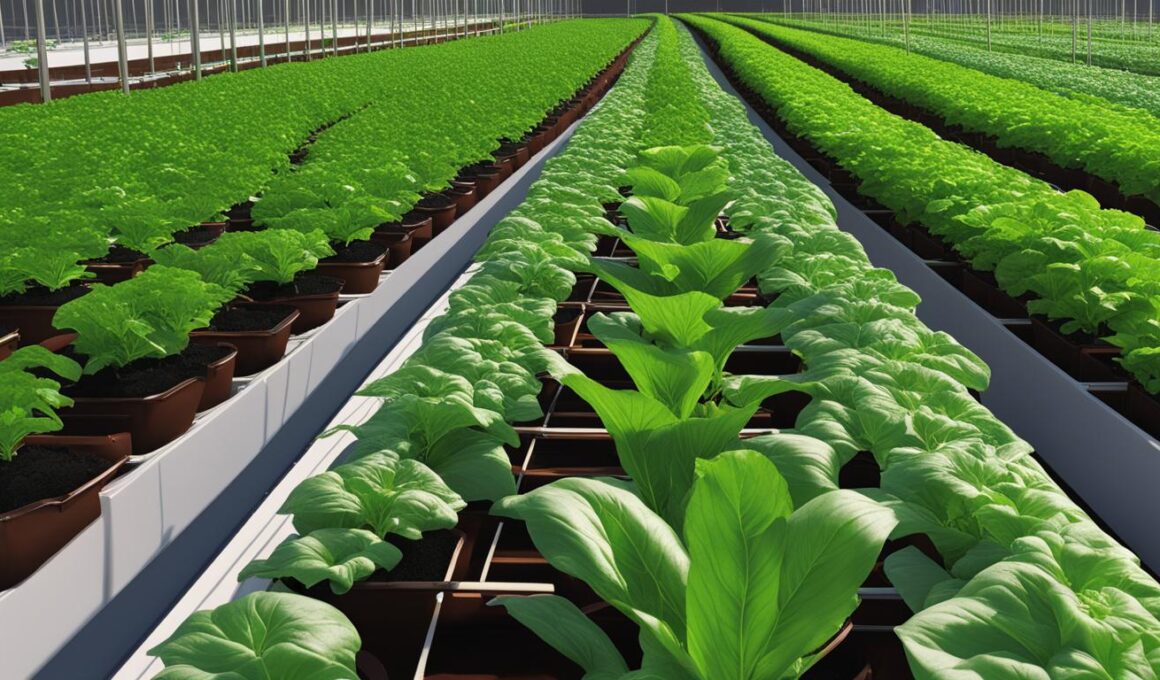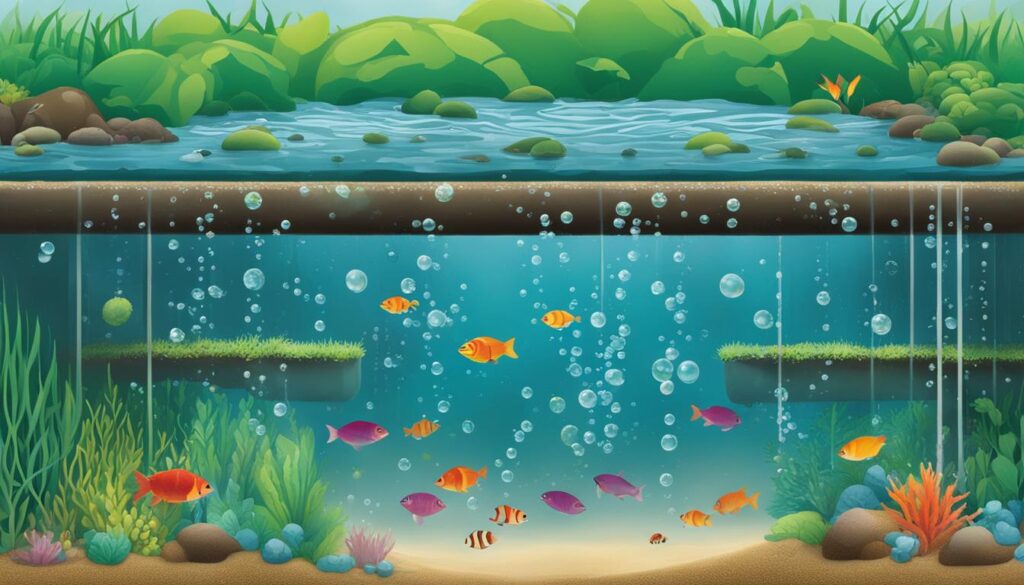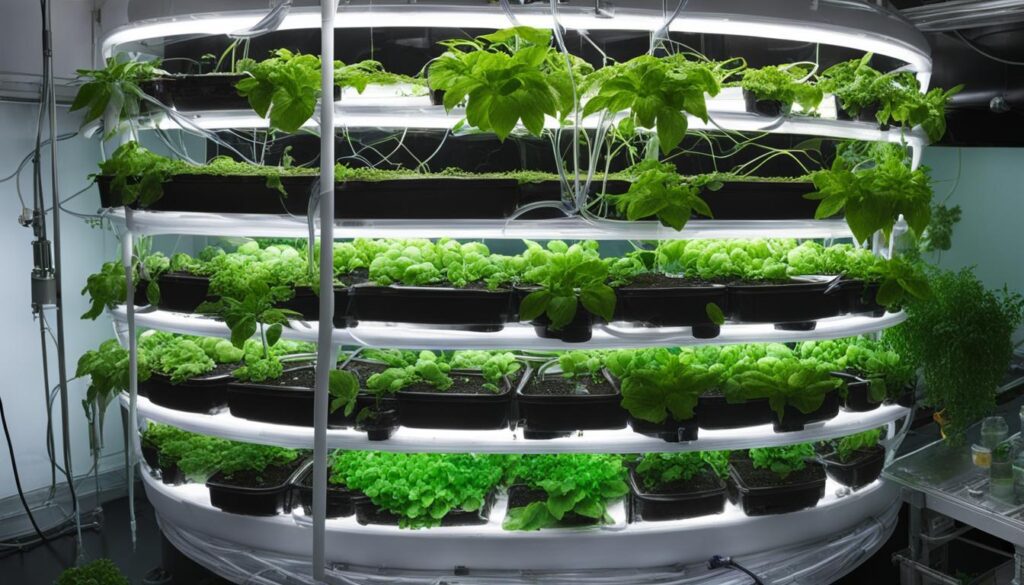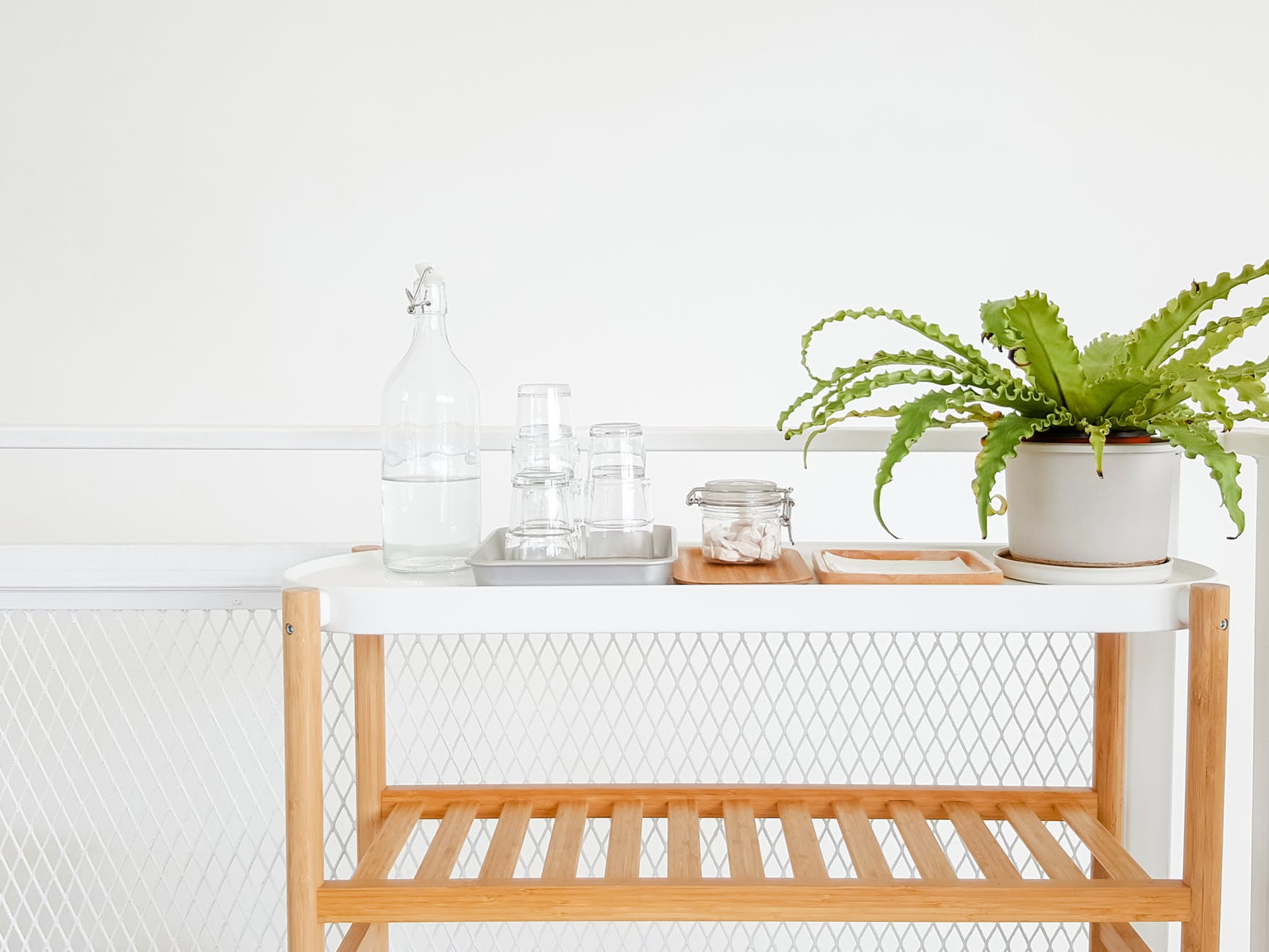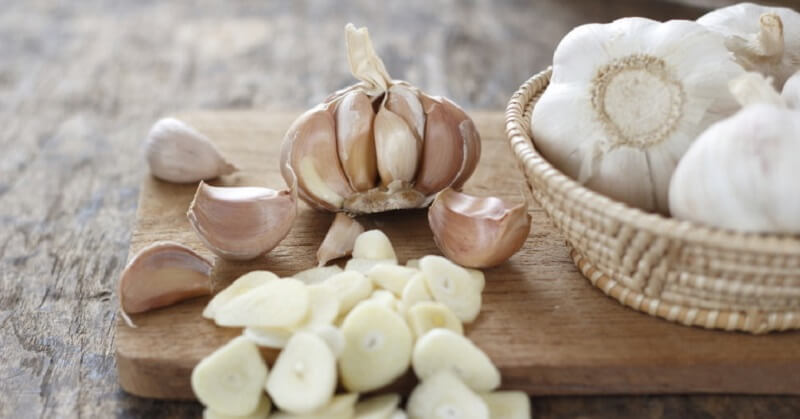Deep Water Culture, also known as DWC, is a hydroponic growing method where plant roots are submerged in a well-oxygenated nutrient solution. This section will explore the advantages and disadvantages of using Deep Water Culture in your garden.
Deep Water Culture (DWC) is a popular hydroponic growing method that offers a range of benefits for gardeners. By submerging plant roots in a nutrient-rich solution, DWC provides plants with constant access to water and nutrients, resulting in faster growth and healthier plants. However, like any gardening technique, DWC also has its drawbacks that should be considered.
Post Summary
- DWC facilitates faster plant growth and healthier plants.
- Constant access to nutrients and water promotes optimal plant nutrition.
- DWC is well-suited for growing plants like lettuce and herbs.
- Oxygen depletion and disease spread are potential risks in DWC systems.
- Maintaining water levels, pH balance, and nutrient solutions are crucial for DWC success.
What is Deep Water Culture (DWC)
Deep Water Culture, or DWC, is a hydroponic growing method that submerges plant roots in a well-oxygenated nutrient solution. Unlike other hydroponic systems, such as NFT or aeroponics, DWC offers a constant supply of nutrients and water directly to the roots, resulting in accelerated plant growth and larger yields.
This technique involves suspending plants on a floating platform or net pot, allowing their roots to hang into the nutrient solution below. An air pump and airstone are used to create a continuous flow of oxygen bubbles in the solution, providing crucial oxygenation to the root zone.
Variations of Deep Water Culture
Deep Water Culture (DWC) is a versatile hydroponic growing method that has several variations, each offering unique benefits. These variations allow gardeners to customize their DWC systems to suit specific plant types and growing conditions. Let’s explore some of the most popular variations of Deep Water Culture.
Bubbleponics
Bubbleponics is a hybrid DWC system that combines the benefits of Deep Water Culture with a top-feeding and recirculating system. In Bubbleponics, a nutrient-rich solution is delivered directly to the roots of the plants through a spray or drip system. This method provides increased oxygenation and nutrient absorption, resulting in faster growth and higher yields. Bubbleponics is particularly well-suited for fast-growing and high-demand plants like tomatoes and cannabis.
Kratky Method
The Kratky Method is a passive DWC system that requires no electricity or air pumps. This method utilizes a static nutrient solution that gradually diminishes as the plants absorb it. The plants are initially placed in a container with a large volume of nutrient solution, and as the water level decreases, the roots reach down to access the remaining solution. The Kratky Method is ideal for low-maintenance gardening or for areas with limited access to electricity.
Recirculating DWC
Recirculating DWC, also known as RDWC, is a variation where multiple DWC systems are connected to a central reservoir. This setup allows for the continuous recirculation of the nutrient solution, ensuring optimal oxygenation and nutrient distribution. A recirculating system is beneficial for larger-scale operations or for growing a diverse range of plant species with varying nutrient requirements.
By incorporating these variations into Deep Water Culture, gardeners can achieve more precise control over their hydroponic systems and maximize plant growth and yields. Whether you choose Bubbleponics, the Kratky Method, or recirculating DWC, each variation provides its unique advantages and allows for experimentation and customization in your hydroponic garden.
Which Plants to Grow in DWC
Deep Water Culture (DWC) is a highly effective hydroponic system for growing a wide range of plants. However, some plants are better suited for DWC than others. Lettuce and various herbs, such as basil, mint, and parsley, are excellent choices for DWC systems. They thrive in the constant access to nutrients and water provided by DWC.
In addition to lettuces and herbs, plants like tomatoes, peppers, and cucumbers can also be successfully grown in DWC. These larger flowering plants require more care and attention, including pruning and trellising, but they can yield impressive results. Leafy greens, like spinach and kale, are also well-suited for DWC due to their rapid growth and high nutrient requirements.
| Plants for DWC | Requirements |
|---|---|
| Lettuce | Full sun or partial shade, cooler temperatures |
| Herbs (Basil, Mint, Parsley, etc.) | Well-drained soil, regular pruning for bushiness |
| Tomatoes | Full sun, trellising for support |
| Peppers | Full sun, warm temperatures |
| Cucumbers | Full sun, trellising for support |
| Leafy Greens (Spinach, Kale, etc.) | Regular pruning, high nutrient requirements |
When choosing plants for your DWC system, consider their specific requirements and your gardening goals. Some plants may require more space or additional support structures, while others may have specific light and temperature preferences. Researching the individual needs of your chosen plants will help you create the optimal growing environment in your DWC system.
How to Set Up a Deep Water Culture System
Setting up a Deep Water Culture (DWC) system for your hydroponic garden is a straightforward process that requires a few essential components and some basic know-how. Whether you’re a beginner or an experienced gardener, building your own DWC system can be a rewarding and cost-effective way to grow plants. Here’s a step-by-step guide on how to set up your own DWC system:
Gather the Necessary Equipment
To get started, you’ll need the following equipment:
- A water reservoir: This can be a simple bucket or container that can hold enough water to submerge the plant roots.
- An air pump and air stones: These provide the necessary oxygen to the nutrient solution and ensure healthy root development.
- Net pots or baskets: These hold the plants and allow the roots to dangle into the nutrient solution.
- Growing media: This can be clay pebbles, perlite, or other inert materials that support the plants and provide stability.
Once you have gathered all the necessary equipment, you’re ready to start building your DWC system.
Build Your DWC System
Follow these steps to set up your DWC system:
- Choose a suitable location for your DWC system. It should have access to electricity for the air pump and be within reach for maintenance.
- Place the water reservoir in the chosen location and fill it with the nutrient solution.
- Insert the air stones into the reservoir and connect them to the air pump. Ensure that the air stones are evenly distributed to provide adequate aeration.
- Place the net pots or baskets in the reservoir, making sure they are securely supported and positioned above the water level.
- Fill the net pots or baskets with the chosen growing media, leaving enough space for the plant roots.
- Carefully transplant your seedlings or young plants into the net pots or baskets, ensuring that the roots are in direct contact with the nutrient solution.
- Turn on the air pump to start the flow of oxygen to the roots and monitor the system for any leaks or issues.
With these steps, you’ve successfully set up your own DWC system. Remember to regularly check and maintain the system to ensure optimal plant growth.
Setting up a Deep Water Culture (DWC) system allows you to grow plants hydroponically with ease. By following a few simple steps and gathering the necessary equipment, you can create a cost-effective and efficient DWC system in your own backyard or indoor space. With constant access to nutrients and oxygen, your plants will thrive and produce healthy yields. So why wait? Start building your DWC system today and enjoy the benefits of this popular hydroponic technique.
How to Maintain a DWC System
Maintaining a Deep Water Culture (DWC) system is essential for ensuring optimal plant growth and preventing issues such as oxygen depletion and nutrient imbalances. Here are some key maintenance tasks to keep your DWC system running smoothly:
Monitoring Water Level
Regularly check the water level in your DWC system to ensure that it remains at an appropriate level. The roots should be submerged in the nutrient solution, but not completely submerged in water. Adjust the water level as needed to maintain the proper balance.
pH Monitoring
The pH level of the nutrient solution plays a crucial role in plant nutrient uptake. Use a pH meter or test strips to monitor the pH level regularly and make adjustments as necessary. The recommended pH range for DWC is typically between 5.5 and 6.5. Maintaining the right pH level will help prevent nutrient deficiencies or toxicities.
Regular Nutrient Solution Changes
Regularly changing the nutrient solution is important to prevent nutrient imbalances and the buildup of salts in the water. Depending on the size of your DWC system and the specific requirements of your plants, aim to change the nutrient solution every 1-2 weeks. Be sure to properly dispose of the old solution and prepare a fresh batch of nutrient solution.
| Task | Frequency |
|---|---|
| Monitor water level | Regularly |
| Check pH level | Regularly |
| Change nutrient solution | Every 1-2 weeks |
Additionally, it’s crucial to keep the air pump running 24/7 to provide a constant supply of oxygen to the roots. Make sure to clean or replace the air stones regularly to maintain their effectiveness in aerating the nutrient solution.
Proper maintenance is key to the success of your DWC system. By monitoring the water level, pH level, and nutrient solution, you can ensure that your plants receive the necessary nutrients for healthy growth.
Remember to keep a record of your maintenance activities and observe any changes in plant health or growth patterns. With proper care and attention, your DWC system can provide a thriving environment for your hydroponic plants.
Conclusion
Deep Water Culture (DWC) is a hydroponic growing method that offers numerous advantages for both beginner and experienced gardeners. One of the key benefits of DWC is faster plant growth, thanks to the constant supply of nutrients and water directly to the roots. This results in healthier and more productive plants.
Another advantage of DWC is its low maintenance requirement. With regular checks of the water level, pH level, and nutrient solution, you can ensure optimal conditions for your plants. Additionally, DWC systems are efficient in their use of resources, making them environmentally friendly and cost-effective.
However, it’s important to be aware of the potential drawbacks of DWC. Oxygen depletion in the water can be a concern, especially if the air pump fails. This can harm the roots and lead to plant stress or even death. Additionally, DWC systems can be more prone to disease spread compared to other hydroponic methods.
Considering the advantages and disadvantages, DWC remains a popular choice among gardeners for its simplicity, efficiency, and impressive plant growth. Whether you’re growing lettuce, herbs, or even tomatoes and peppers, DWC offers a reliable and effective solution for your gardening needs.
What are the potential advantages and disadvantages of using fish tank water for watering orchids in a deep water culture system?
Using fish tank water for watering orchids in a deep water culture system has both advantages and disadvantages. The nutrients in fish tank water can benefit the orchids, but there is a risk of over-fertilization and potential harm to the plants if the water is not properly filtered.
FAQ
What are the advantages and disadvantages of using Deep Water Culture in my garden?
Deep Water Culture offers faster growth, low maintenance, and efficient resource utilization. However, there is a risk of oxygen depletion and potential disease spread.
What is Deep Water Culture (DWC)?
Deep Water Culture is a hydroponic growing method where plant roots are submerged in a well-oxygenated nutrient solution.
How does DWC work?
In a DWC system, plant roots absorb nutrients and water directly from the solution while being provided with oxygen through air bubbles or falling water agitation.
What are the methods of aeration in DWC?
Aeration in DWC can be achieved through air bubbles created by an air pump and airstone, or through falling water that agitates the solution.
What are the variations of Deep Water Culture?
Variations of DWC include Bubbleponics, the Kratky Method, and recirculating DWC.
Which plants can be grown in DWC?
Lettuces, herbs, tomatoes, and peppers are suitable for DWC, but other flowering plants may require additional care.
How do I set up a Deep Water Culture system?
Setting up a DWC system involves a water reservoir, air pump, air stones, net pots or baskets, and the appropriate growing media.
How do I maintain a DWC system?
Regular checks of the water level, pH level, and nutrient solution are necessary, along with keeping the air pump running 24/7 for oxygen supply.
What is the conclusion on Deep Water Culture?
DWC offers advantages such as faster growth and low maintenance, but it has drawbacks like oxygen depletion and potential disease spread. It is a popular hydroponic system for both beginners and experienced gardeners.





